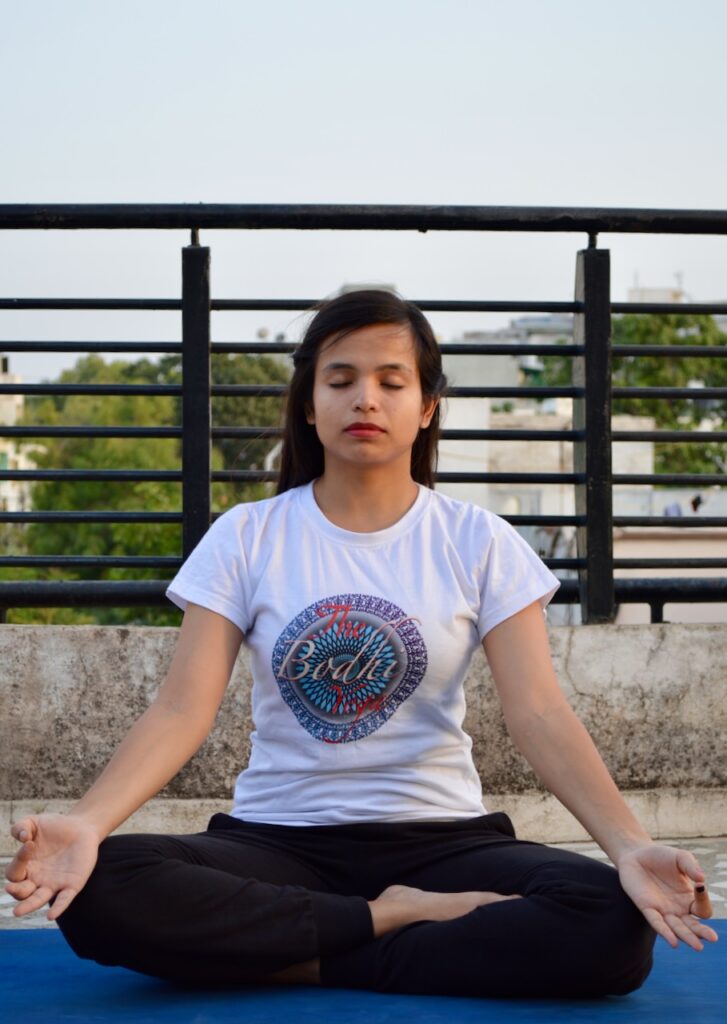A Brief History of Hatha Yoga

Hatha Yoga is one of the most ancient practices of yoga that have been passed down through generations in India. The origins of Hatha yoga can be traced back to the ancient texts of the Upanishads, which discuss the practice of yoga as a means of attaining spiritual enlightenment. These texts, which date back to the 5th century BCE, form the foundation of what we know as Hatha Yoga today. The word ‘Hatha’ comes from the Sanskrit words ‘Ha’ meaning ‘Sun’ and ‘Tha’ meaning ‘Moon’. It is believed that this name is used to describe the balance between opposing forces in the body such as strength and flexibility.
Matsyendranath and Gorakhnath are both considered to be important figures in the history of Hatha Yoga. They are both credited with bringing Hatha Yoga to the mainstream and with establishing the basis for the modern practice of Hatha Yoga.
Matsyendranath is believed to be the founder of the Nath Yogi tradition, which is one of the oldest and most important traditions of Hatha Yoga. He is said to have lived in the 9th or 10th century CE and is considered to be one of the greatest Hatha Yoga masters of all time.
Gorakhnath, also known as Goraksanatha, was a famous yogi and a major figure in the Nath tradition. He is said to have lived in the 11th or 12th century CE and is considered to be the direct disciple of Matsyendranath. Gorakhnath is known for his emphasis on Hatha Yoga as a means of attaining spiritual enlightenment, and for his teachings on the use of pranayama and other techniques to control the flow of energy in the body. He is said to have written several texts that are considered to be important for Nath Yogis, including the Goraksha Samhita.
The one the most authentic text that specifically deals with Hatha Yoga is the Hatha Yoga Pradipika. This text is believed to have been written in the 15th century CE by the yogi Svatmarama. The Hatha Yoga Pradipika provides detailed instructions on various asanas (postures) and pranayama (breathing techniques) that are still used in Hatha yoga today. This text is considered to be one of the most important texts on Hatha Yoga and is still widely studied and referenced by modern-day Hatha Yoga practitioners.
These figures, and the tradition that they started, have had a significant impact on the development and evolution of Hatha Yoga. Their teachings and texts were considered to be the foundation of Hatha Yoga and are still widely studied and practiced by modern-day Hatha Yoga practitioners.
Hatha Yoga is a holistic practice that emphasizes the union of body and mind through the use of physical postures, breathing techniques, and meditation. The practice of Hatha Yoga is believed to bring balance and harmony to the body and mind, helping to improve overall well-being. The practice typically begins with a series of warm-up exercises and stretching to prepare the body for the asanas. These asanas are designed to strengthen and tone the body, improve flexibility and balance, and promote relaxation and calmness of the mind.
In addition to physical postures, Hatha Yoga also incorporates pranayama, or breath control, into its practice. These breathing techniques are believed to help control the flow of energy in the body and promote feelings of calm and relaxation. The most commonly taught pranayama in Hatha Yoga is the four-part breath, or Ujjayi pranayama, in which the breath is drawn in deeply through the nose and exhaled through the mouth, with the glottis constricted to create a soft, whispering sound.
Along with physical and breathing practices, Hatha Yoga also places a strong emphasis on meditation and mindfulness. The purpose of meditation in Hatha Yoga is to help quiet the mind, to improve focus and concentration, and to bring a sense of peace and calm to the practitioner. The practice of yoga nidra, also known as “yogic sleep”, is a deep relaxation technique that is often practiced at the end of a Hatha Yoga class and is said to help release tension from the body and mind.

Hatha Yoga was mainly a practice followed by the ascetics and yogis in the past. However, as Hatha Yoga began to gain popularity in the west in the early 20th century, when yogis and spiritual leaders from India began to travel to the West to teach and share their knowledge of yoga. Swami Vivekananda is considered as one of the key figures who helped to introduce yoga to the west, through his lecture at the World Parliament of Religions in Chicago in 1893.
In recent years, Hatha Yoga has become one of the most popular forms of yoga in the Western world, and is widely recognized for its ability to improve physical and mental health and well-being. Today, Hatha Yoga is taught and practiced in studios, gyms, and community centers around the world, and is available in a variety of styles and formats to suit the needs and preferences of different individuals.
Research has shown that regular practice of Hatha Yoga can lead to a wide range of physical and mental health benefits. Physically, Hatha Yoga can help to improve flexibility, strength, and balance, as well as reducing stress, anxiety, and tension in the body. It can also help to reduce symptoms of chronic pain and improve cardiovascular health.
Mentally, Hatha Yoga can help to improve focus and concentration, reduce symptoms of depression, and promote a sense of well-being and inner peace. Studies have also suggested that Hatha Yoga may be beneficial in treating certain mental health conditions such as anxiety and PTSD.
In addition to its physical and mental health benefits, Hatha Yoga is also believed to have spiritual benefits. The practice of Hatha Yoga is based on the principles of self-awareness and self-acceptance, and it is believed that regular practice can lead to a greater understanding of oneself, and a deeper connection to one’s inner self.
Furthermore, the practice of Hatha Yoga is often accompanied by self-reflection and introspection which is important for spiritual development. Many practitioners find that regular Hatha Yoga practice allows them to access deeper levels of consciousness, and to tap into a sense of inner stillness and peace.
To conclude, Hatha Yoga is an ancient practice that has been passed down through generations in India. It is a holistic practice that emphasizes the union of body and mind through the use of physical postures, breathing techniques, and meditation. It has gained popularity in recent years for its wide range of health benefits including improving physical, mental and spiritual well-being. It is considered as a valuable practice for anyone looking to improve their quality of life and find inner peace.


